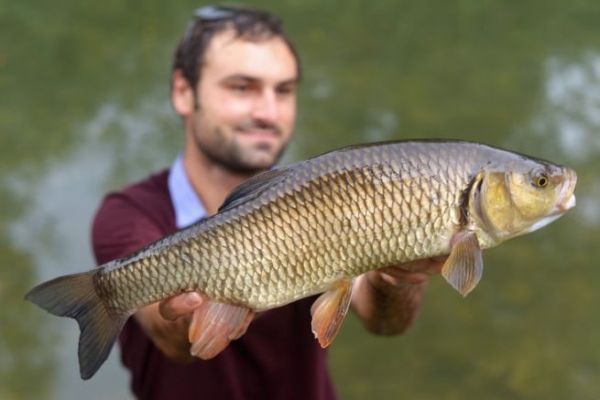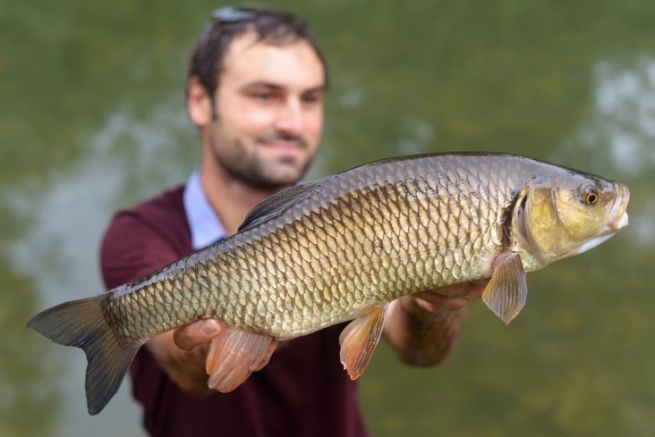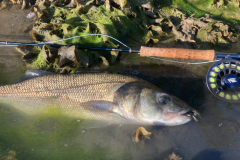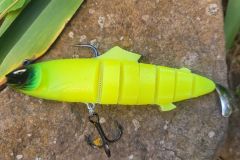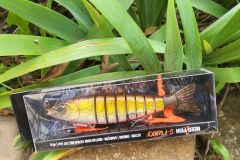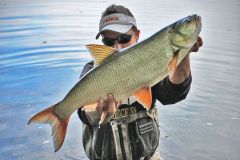My grandfather used to say: " fish seen, fish done! "In the sense that when you see a fish, chances are it has seen you too... However, it's quite possible to successfully lure fish without them having seen you beforehand, as long as you take care in your approach and observe a certain methodology.
Take the time to observe
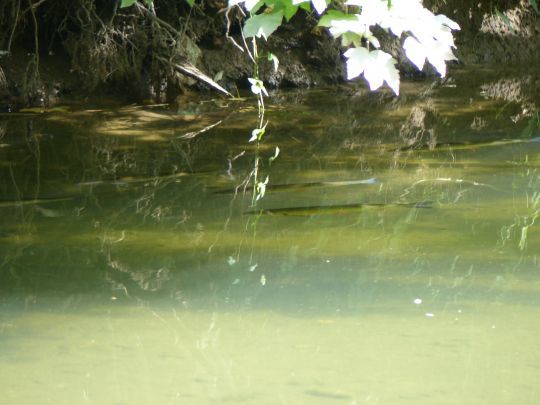
Once you've located a fish, there's no need to rush. Ideally, you should identify the species of fish you've spotted. Carnivore, trout, whitefish... You should already have an idea of the species present and potentially visible, but it's sometimes difficult to clearly identify a fish, so take your time, especially if the fish remains stationary. Observe it.
Is it wriggling or just sitting on the bottom? Waiting for prey to drop into the water? On the hunt? You need to take as many clues as possible to decide which fish to bite on the first strike. Many fish make "rounds" with the frequency of a metronome. Keep a close eye on their passages and rounds to cast at the most opportune moment. Very often, you'll even see a larger fish come up or out of nowhere, sharing the same position as the fish you've spotted! So take your time.
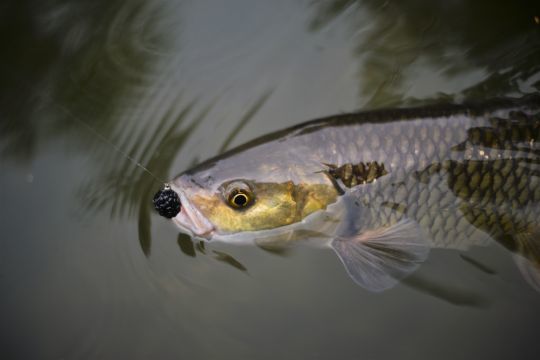
Adapt the lure and its presentation
You'll need to adapt your presentation and lure to the species and your observations. In all cases, for sight fishing, it's always a good idea to apply downsizing we've already mentioned this concept, which is highly effective on difficult fish. It involves reducing the size of the lure to obtain less water displacement, fewer stimuli and an ultra-natural presentation close to the prey of the target species. The perfect trick is to give the fish what it wants: a grasshopper, a frog, a fruit, a small fish, a worm...
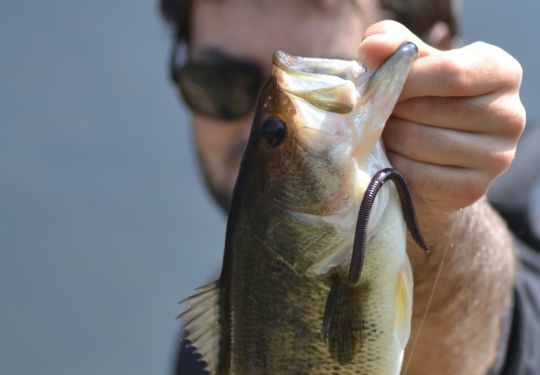
You then need to take the time to position yourself correctly to be able to throw. Be careful behind you, to the sides, above... Make a straightforward gesture, but not too abrupt.
The casting of this light lure must be very precise and efficient. In general, there's not much room for misses, as fish quickly become suspicious and refuse to attack. Ideally, cast in front of the fish, but not over it. If there's a current, use it as an asset so that it naturally leads your lure towards the desired fish. The same applies to wind, which is more difficult to manage...
By default, avoid making too many animations. I tend to let things happen and if the fish doesn't decide, I try to bring my lure to life slowly. Be prepared to "sacrifice" the capture of a modest fish if it gets on your lure first at the expense of a bigger fish. Try your luck by casting closer to that big fish. Competition for food can make the sometimes reluctant big fish decide to take your lure.
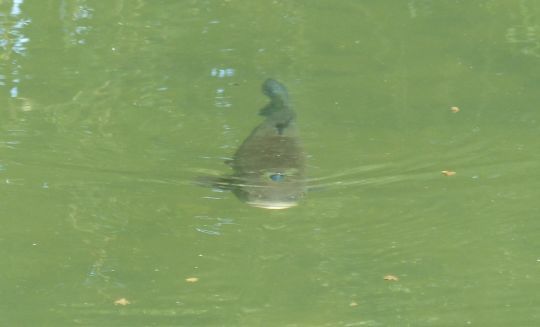

Don't succumb to haste
Once a fish is interested in your presentation and takes hold of it, again be careful and avoid rushing despite the adrenalin. If you are too hasty, the hook won't lodge in the mouth of the fish, which hasn't fully taken your imitation in its mouth. The same goes for too late a strike. Some fish suck up and spit out your lure in the same mouth movement, and in a flash. As soon as the fish turns or your lure disappears, strike firmly!
